There are countless light modifiers on the market designed for specific purposes. Photographer Andrea Belluso, however, goes outside the box and shows us how to be more creative with light-shaping tools. Here, he use the WideZoom Reflector, which is usually used to light backgrounds, as a main light and side light to create structure and unique, dramatic shadows and details in his portraits:
Belluso takes us behind the scenes of a fashion photo shoot for Klassik Magazine, showcasing India-inspired trends. His vision behind the shoot was to create portraits with hard light, a lot of contrast and dramatic shadows.
To do this, he used only a WideZoom Reflector to create a wider, more even light. But he had a different approach than the traditional, only-for-background-lighting kind of way. Using the reflector as a main light and side light allowed Belluso to create the heavy shadows he was going for, while still spilling some nice light onto the background.
The Profoto WideZoom Reflector has a unique zoom function on all the heads, you actually focus the light or make it more diffused. For this shoot, Belluso wanted more focus, so he moved the zoom to the most forward position. As he says, the light spread can be zoomed from 40° to 80°, which opens up a world of creative possibilities to shape the light.

Belluso set up the WideZoom Reflector above his model.
For one image, Belluso wanted a headshot of the model lying on a bed of brightly colored spices with Buddha heads next to her. He used a single light source: a D1 monolight equipped with a WideZoom Reflector from the side.
The light was positioned low, lighting from the model from the side, which provided nice structure and edges on the Buddha heads and sand, as well as nice shadows on the side of the model’s face.

Light Position
Working with just one light—the main light—positioned above the model’s head, also provided a dramatic effect. With the model sitting close to the wall, Belluso positioned the D1 directly over her to create hard shadows.
Belluso wanted a more contrasted look, he wanted to make an impact, he wanted to be different from the crowd. And he succeeded. By placing the light so close to the model, directly above her, he got the unusual effect of intense shadows and dramatic falloff he was looking for.

Final Image
“By understanding the properties of a certain tool, you are free to bend the rules and use the tool in a creative, out-of-the box way. I believe this kind of thinking is a great recipe for spicing up your lighting. Plus, the job gets a lot more fun when you do not always stick to the beaten track.”
Like This Article?
Don't Miss The Next One!
Join over 100,000 photographers of all experience levels who receive our free photography tips and articles to stay current:

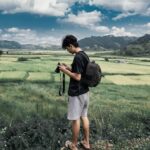
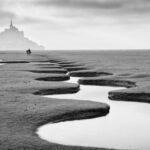
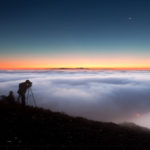
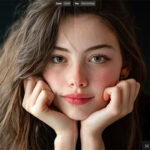
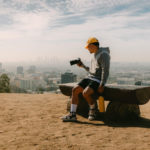
Leave a Reply